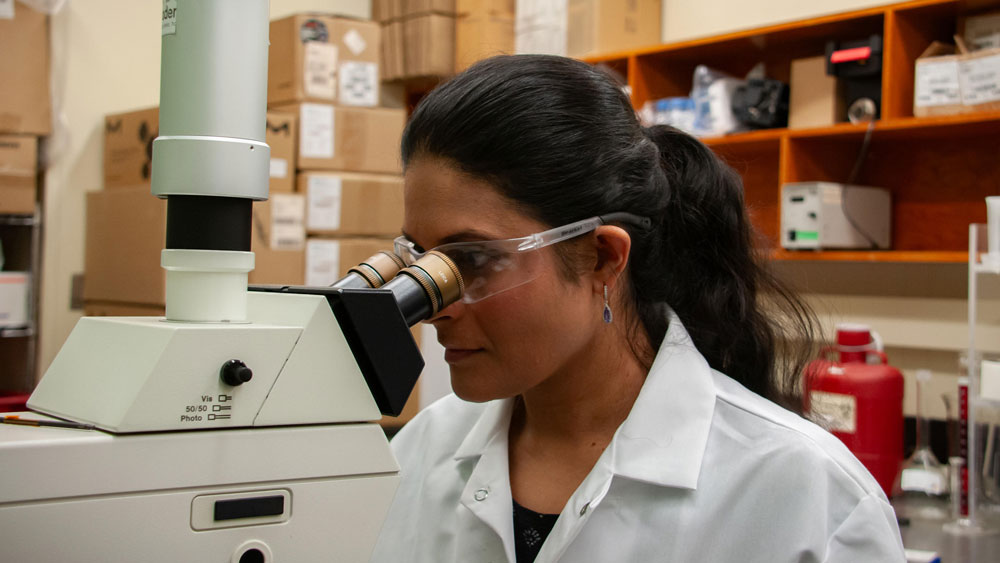A. Boss/NIST
A team of NIST researchers, including Srivalli Telikepalli (shown here), developed a standard reference material that will help biopharmaceutical companies better detect these particles in their drug products.
A rapidly growing category of drugs called protein-based biotherapeutics can be used to treat cancers and genetic and autoimmune disorders. These drugs, which usually take the form of large protein molecules, are manufactured by growing living cells that are genetically engineered to produce the proteins. These large protein molecules, however, can stick together during the manufacturing process to form particles that can cause an unwanted immune response in patients.
|
ADVERTISEMENT |
To manage these particles, biopharmaceutical companies need to be able to measure and monitor them. A new standard reference material (SRM) from the National Institute of Standards and Technology (NIST) will help them do that. The new material, SRM 1989: Monodisperse Irregularly Shaped Epoxy-Based Particles, consists of three vials containing particles of different sizes: 220 micrometers, 150 micrometers, and 100 micrometers. (For comparison, a sheet of regular printer paper is roughly 100 micrometers thick.)
…

Add new comment